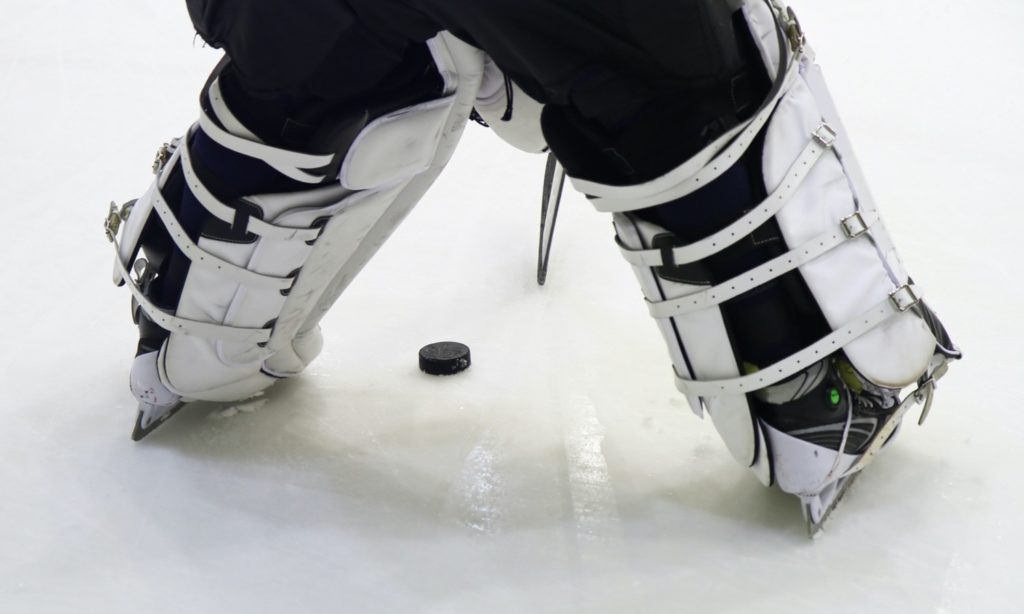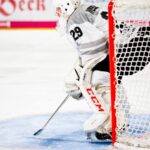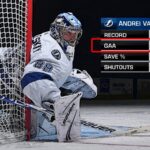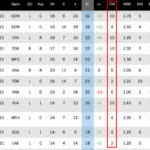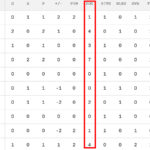While hockey players are primarily monitored for their ability to score (goals and assists), goaltenders are judged for their own set of criteria during the season.
The most common stats attributed to the goalies are wins, GAA, SV% and shutouts. To a great degree, all of these statistics are related. In fact, a shutout would earn the goalie the highest save percentage, lowest goals against average and, most likely, a team win.
If you’re new to hockey, you might be asking yourself…
What is a Shutout in Hockey?
A shutout is the result of the goaltender stopping all shots faced during the game. While the winning team is recognized for earning the shutout, only the goalie receives credit in the official stats. Moreover, the goalie will earn a 0.00 goals against average (GAA) and 1.000 Save Percentage (SV%) for that specific game.
When you look up goaltender stats online, whether for the NHL or other professional hockey leagues, shutouts are usually represented by the SO acronym. Do not get it confused with S/O in the team standings, which is short for “Record in games decided by Shootout”.

If you’d like to learn more about Save Percentage (SV%), please see my blog post titled What is the Average Save Percentage in the NHL?.
Furthermore, you can also read about Goals Against Average (GAA) in my blog post titled What is a Good Goals Against Average in Hockey?.
Split Game Shutouts
It’s also possible for the team to earn a shutout using both their goaltenders. For example, the starting goalie could get injured during the game, resulting in the back up taking over. But while both goalies prevented a goal against, neither will be recognized for the shutout – credit will still go to the entire team though.
Can a goalie get a shutout and still lose the hockey game?
You may have noticed that I teased the fact that goalies are likely to earn the win – but not 100% of the time.
For this to be possible, the goaltender must carry the shutout through both regulation time and overtime during a regular season game. The goalie can still lose if they give up a goal in the shootout. While both the goalie and the team will earn a loss in the OT (overtime/shootout loss) column, the goalie will be awarded with the shutout.
Furthermore, the opposing goalie will have also earned the shutout on top of the win.
Shutout Jinx
There is an unwritten rule in the game of hockey never to discuss a potential shutout while the game is still in play. This applies to the goalie’s own teammates on the bench and especially for sports broadcasters.
Whenever the rule is broken live, you’ll often hear their on-air colleague respond by saying that they may have potentially spoiled the shutout bid for merely speaking about it.
Top career shutout leaders in the NHL
Hall of Famer Martin Brodeur has an impressive 125 shutouts to his name. His lead is commanding, with 22 more than the next name on the list – Terry Sawchuk.
In fact, the top 3 active goaltenders with most shutouts are almost half way behind.
RANKED #16: Henrik Lundqvist – 64 (currently out for the 2020-21 season with a heart condition)
RANKED #17: Marc-Andre Fleury – 63
RANKED #20: Pekka Rinne – 61
Below is the official list of the top 10 NHL Shutout Leaders:
Goaltender Name | Shutouts | |
|---|---|---|
1 | Martin Brodeur | 125 |
2 | Terry Sawchuk | 103 |
3 | George Hainsworth | 94 |
4 | Glenn Hall | 84 |
5 | Jacques Plante | 82 |
6 | Alec Connell | 81 |
7 | Tiny Thompson | 81 |
8 | Dominik Hasek | 81 |
9 | Roberto Luongo | 77 |
10 | Ed Belfour | 76 |
Shutouts in Other Popular Sports
Shutouts are typically recognized at the team level or for sports which have goalies. For example, a goalie in Soccer, Lacrosse or Handball can earn the shutout. Sports like Football and Baseball can have games where teams can be shutout.
For Baseball, the starting pitcher can be recognized for earning a shutout if they pitch the entire game. In fact, if the starting pitcher manages to prevent the opposition from getting a hit through 9 innings, they would earn a “No Hitter”.
